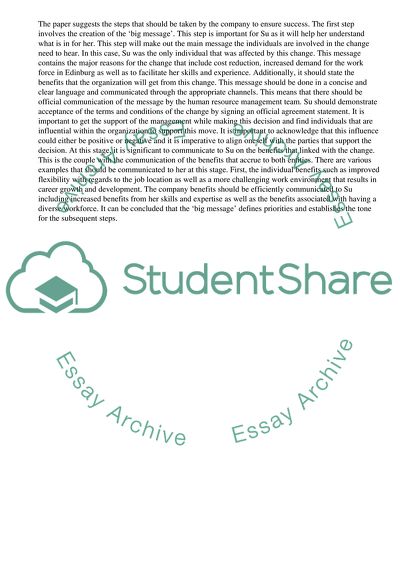Cite this document
(“The Importance of Managing Change in the Air Transport Industry Essay”, n.d.)
Retrieved from https://studentshare.org/management/1655145-critically-analyse-and-assess-the-importance-of-managing-change-in-the-air-transport-industry
Retrieved from https://studentshare.org/management/1655145-critically-analyse-and-assess-the-importance-of-managing-change-in-the-air-transport-industry
(The Importance of Managing Change in the Air Transport Industry Essay)
https://studentshare.org/management/1655145-critically-analyse-and-assess-the-importance-of-managing-change-in-the-air-transport-industry.
https://studentshare.org/management/1655145-critically-analyse-and-assess-the-importance-of-managing-change-in-the-air-transport-industry.
“The Importance of Managing Change in the Air Transport Industry Essay”, n.d. https://studentshare.org/management/1655145-critically-analyse-and-assess-the-importance-of-managing-change-in-the-air-transport-industry.


